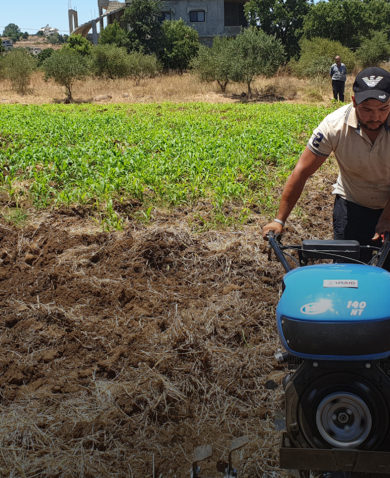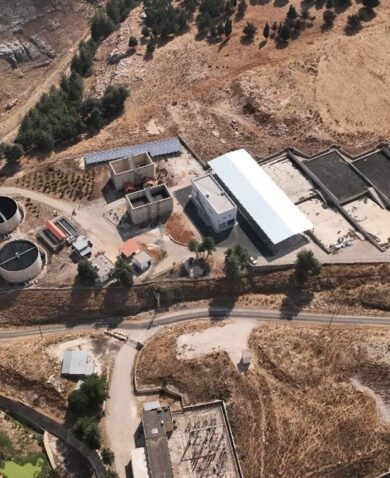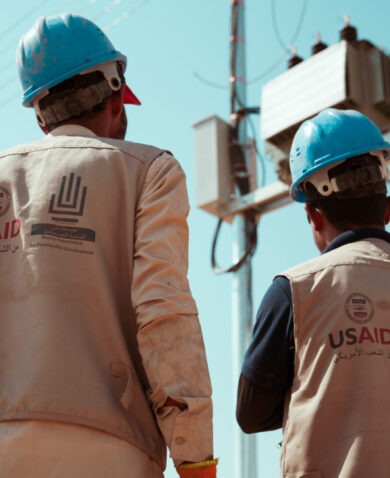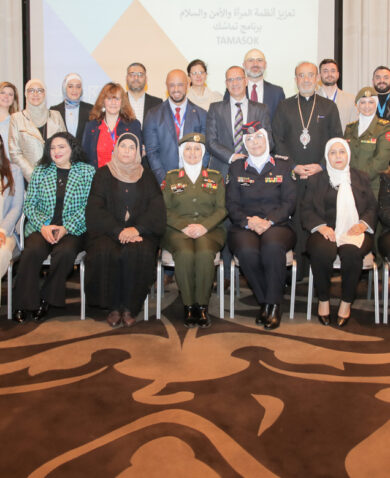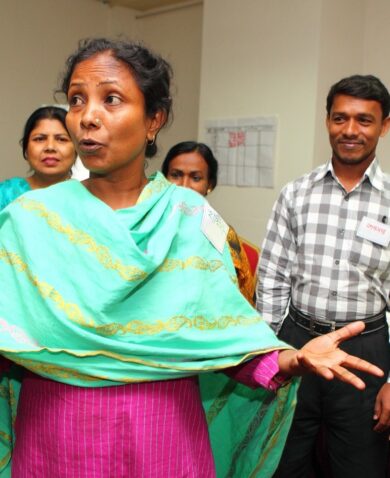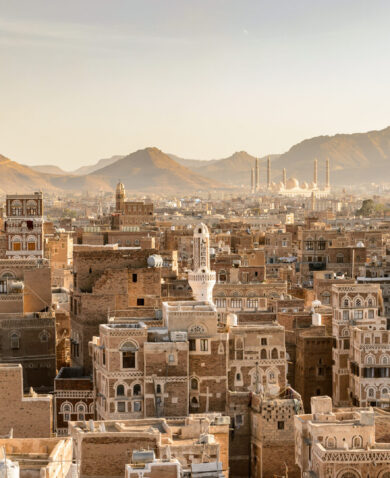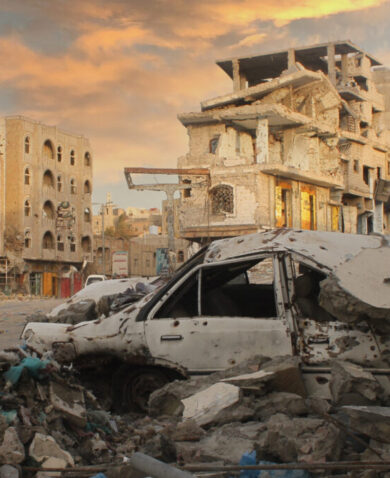
Making it Stick: Key Considerations for Operationalizing the Stabilization Assistance Review
July 17, 2018 | 4 Minute ReadHow can the U.S. government and its partners implement effective stabilization programming? Elisabeth Dallas, director of Chemonics’ Peace, Stability, and Transition Practice, gives four considerations to curb instability and set countries on a path to sustainable development.
Weak political and social institutions, persistent poverty, high population growth rates, and even recurrent climate shocks can drive vulnerable countries into chronic instability. Preventing vulnerable countries from backsliding into conflict requires a strategic, multi-layered, and flexible response. This includes the delivery of humanitarian assistance, but also programming that can immediately stabilize countries and build the foundation for longer-term development and resilience to future conflict.
The recent Pathways for Peace joint study by the World Bank and United Nations notes that between 2010 and 2016 the number of civilian deaths due to violent conflict has doubled, and an estimated 65.6 million people have been displaced from their homes, largely due to violence. Further, the cost of responding to humanitarian crises in 2016 reached $22.1 billion, a 70 percent increase since 2012. The presence of protracted conflicts in already volatile countries such as Syria, Iraq, Nigeria, the Democratic Republic of the Congo, and Nicaragua, prompted the U.S. government to conduct an in-depth review of the amount of U.S. taxpayer dollars spent on previous stabilization programming and the effectiveness of those programs. The recently released Stabilization Assistance Review (SAR) conducted jointly by the U.S. Department of State, U.S. Agency for International Development, and U.S. Department of Defense, challenges the U.S. government and its implementing partners to think differently about stabilization. It underscores the importance of shedding traditional operating norms in favor of efficiencies and innovation.
Successfully operationalizing the SAR in a way that promotes sustainability should be informed by the following considerations:
Clearly defined goals and strategy. For stabilization programming to be effective, the SAR recognizes the imperative of defining the political strategy through a planning process that considers risk management (verses risk avoidance) and clearly identifies priorities. Specifically, it should identify which conflict dynamics within a country context need to be addressed, and how to measure, monitor, and align activities accordingly. Given stabilization is a political endeavor, as acknowledged in the SAR, clarity and agreement on the end-state is critical so all parties involved understand roles and responsibilities. This is not just important for U.S government actors, but also for implementing partners. An agreed-upon strategy can ensure that activities are logically sequenced, flexible enough to adjust to the ever-shifting operating environment, and that implementers can measure impact against those political objectives and are prepared to change course as the situation evolves. Further, the stabilization strategy needs to be aligned with and informed by the embassy’s Integrated Country Strategy and USAID’s Country Development and Cooperation Strategy, which may result in shifting existing programs to be in accordance with stabilization goals. Finally, and arguably most importantly, implementers need to acknowledge when they are not getting traction and, if needed, exit to avoid the risk of making things worse.
Ensure low political will and funding do not lead to us to cede the stabilization space. The SAR will no doubt make future stabilization efforts far more effective. However, the devil is always in the details — and in this instance the funding, operational, and legislative details. How co-deployments of civilians within military units will take place has yet to be hammered out. Whether the necessary funds will be appropriated is also in question. If the SAR is to remain a living document that is applied routinely, it will require some bureaucratic jiu-jitzu, creativity to propose solutions to overcome all too familiar obstacles, and the ability to allow for new authorizations and supporting legislation. A strong first step is the proposed FY19 Department of Defense legislation that would establish the Defense Support to Stabilization program and $25 million in support of interagency stabilization objectives. If donors and implementing partners cede the stabilization space and choose not to engage in complex crises citing bureaucratic hurdles or the inability to appropriate funds, then we can be sure that other, less savory actors will happily move in and take control of crisis-affected countries.
Smaller is better. In the past, the U.S. government has approached stabilization with the mindset that bigger programs yield greater impact. However, the SAR revealed that massive stabilization programs coupled with large-scale reconstruction efforts often had the reverse effect, creating additional challenges and, at times, perpetuating crises. The current appetite for long-term engagements is minimal at best. The new approach promoted by the SAR abandons the notion of engaging in large-scale reconstruction and instead calls for small, incremental steps that are strategic and targeted so as to effectively gauge whether these efforts are achieving impact.
Promote local ownership but recognize the challenge of absorptive capacity. Many post-conflict or transitioning environments require quick increases in economic and other material assistance to demonstrate tangible improvements in people’s lives. Yet too often the ability of fragile and conflict- affected states to absorb the amount of assistance flowing in is constrained due to minimal capacity and poor institutional systems to manage and distribute funds to those most in need. Through our stabilization efforts, we need to be careful to not saturate the system or we risk making things worse and inadvertently doing harm. We need to be mindful that effective stabilization requires donors to forgo “getting credit” and instead allow host governments to be the face of the assistance to its population, with us playing a strong supportive role. Bolstering locally legitimate authorities will be critical to success whether it is the local government, the private sector, civil society, or informal or religious leaders. Testing our assumptions and supporting those who have the greatest chance for reversing course and setting the country on a path toward recovery, versus those who are easiest to work with, will ensure we are delivering results to those most in need.
Until donors begin making serious investments in conflict prevention, the U.S. government and its implementing partners will continue to be tested in responding to the overwhelming number of crises erupting across the globe. Assessing U.S. government stabilization programming is not a new endeavor. However the SAR is the first time the three “D”s (defense, diplomacy and development) have aligned themselves to a common purpose making them far better placed to move the SAR past conception to robust implementation, that, if done right, can set countries on a path to long-term development.
Blog posts on the Chemonics blog represent the views of the authors and do not necessarily represent the views of Chemonics.








